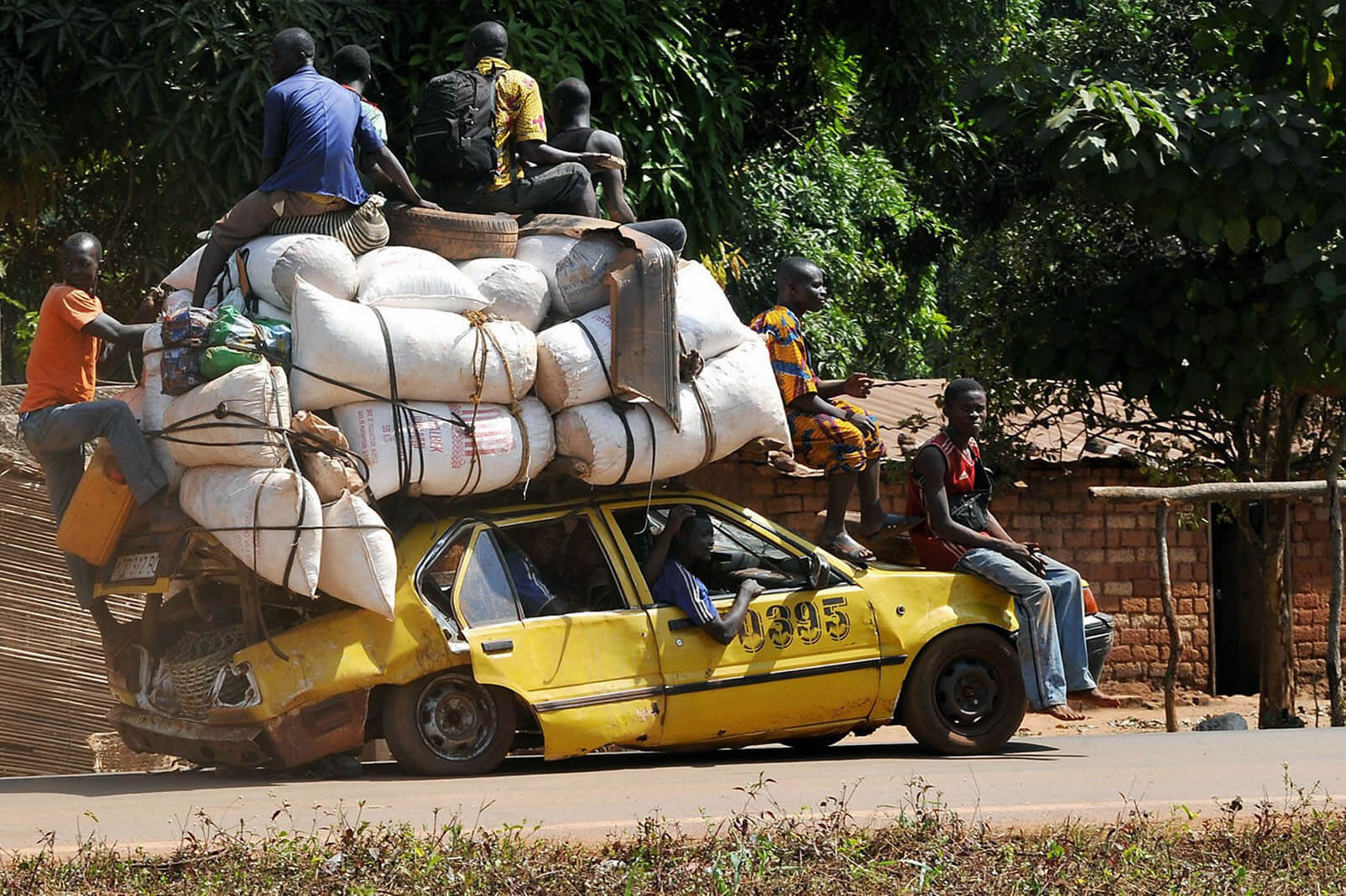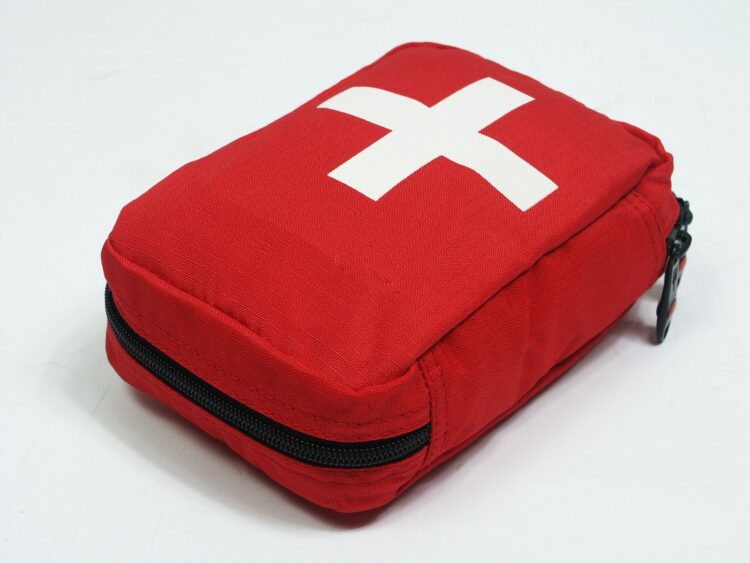In times of major disasters, the ability to quickly evacuate can be a crucial factor in ensuring your safety. When faced with power outages, contaminated water supplies, or the threat of looting, having a well-prepared vehicle can make all the difference. It is a key component of survival planning. Whether you’re facing natural disasters, economic instability, or other emergencies, your vehicle can be a lifeline Here’s a checklist to ensure your vehicle is ready for the Bug-Out Hour:
Tire Inspection:
- Check tire pressure regularly and maintain it at the recommended levels.
- Inspect tires for signs of wear, damage, or punctures.
- Ensure you have a spare tire, and it’s in good condition. Also, check the jack and lug wrench for functionality.
Fluid Levels:
- Regularly check and top off essential fluids such as engine oil, transmission fluid, brake fluid, power steering fluid, and coolant.
- Carry extra bottles of each fluid in your vehicle in case of emergencies.
Battery Health:
- Inspect the battery for corrosion and ensure the terminals are clean.
- Test the battery regularly and replace it if it’s older than its recommended lifespan.
Brake System:
- Check the brake pads and rotors for wear.
- Ensure brake fluid levels are within the recommended range.
- Test the brakes for responsiveness.
Coolant Check:
- Ensure the proper mixture of antifreeze and water in the coolant.
- Change the coolant if necessary.
Fuel Tank:
- Always keep your gas tank at least half full to avoid difficulties in refueling during emergencies.
Lights and Signals:
- Confirm that all lights, including headlights, brake lights, turn signals, and emergency flashers, are functioning properly.
- Carry spare bulbs in your emergency kit.
Belts and Chains:
- Inspect the drive belts for signs of wear and replace them if needed.
- If your vehicle has a timing chain, ensure it’s in good condition.
Filters:
- Regularly replace air filters to maintain optimal engine performance.
- Check and replace the fuel and cabin air filters as needed.
Emergency Kit:
- Keep a well-stocked emergency kit in your vehicle, including essentials like first aid supplies, flashlight, blankets, water, non-perishable food, and basic tools.
- Ensure your spare tire, jack, and lug wrench are easily accessible.
Communication Equipment:
- Carry a fully charged cell phone and a portable charger.
- Consider a two-way radio or satellite phone for communication in remote areas.
General Inspection:
- Inspect the overall condition of your vehicle, including the body, windows, and mirrors.
- Test the heating and cooling systems.
- Ensure all doors and windows are functioning properly.
Documentation Check:
- Inspect your glove box for the owner’s manual and registration.
- If the manual is missing, consider ordering a replacement online.
- Ensure your vehicle registration is up-to-date.
Scheduled Maintenance:
- Prioritize scheduled maintenance or major repairs.
- Address minor issues like oil or spark plug changes, as they can reveal larger problems.
- Familiarize yourself with basic car maintenance using the manual.
First Aid Kit:
- Keep a well-stocked first aid kit in your vehicle at all times.
Packing Essentials:
- Pack only essential items; avoid unnecessary luxuries.
- Practice loading your vehicle for efficient evacuation.
Even Loading:
- Load your vehicle evenly to ensure stability, especially in emergency situations.
- Avoid overloading, which can strain tires, springs, and shock absorbers.
Navigation Tools:
- Carry multiple maps and a GPS, considering that satellite systems may not always work.
- Ensure your GPS allows for pre-loaded topographical maps.
- Have a current city map, a topographical map, and a road atlas on hand.
Bug-Out Destination:
- If you have a pre-planned destination, head straight there without delay.
- Avoid heavily populated areas; seek areas with water sources.
- Have alternative sites in mind in case your primary destination becomes inaccessible.
Avoid Government Shelters:
- Steer clear of government-run shelters, as they may involve inspections and potential confiscation of weapons.
- Be mindful of the challenges associated with large numbers of refugees seeking shelter.
Remember, once you hit the road during an emergency, forward momentum is key. Avoid the temptation to look back, as unforeseen obstacles may prevent you from returning home. Stay focused, stay prepared, and prioritize your safety above all else.
Regular maintenance and pre-checks can significantly increase the reliability of your vehicle in survival situations. By taking the time to address these key areas, you’re not only enhancing your chances of navigating emergencies successfully but also ensuring that your vehicle remains a dependable asset when you need it the most. Stay prepared, stay safe.
*The views and opinions expressed on this website are solely those of the original authors and contributors. These views and opinions do not necessarily represent those of Spotter Up Magazine, the administrative staff, and/or any/all contributors to this site.

